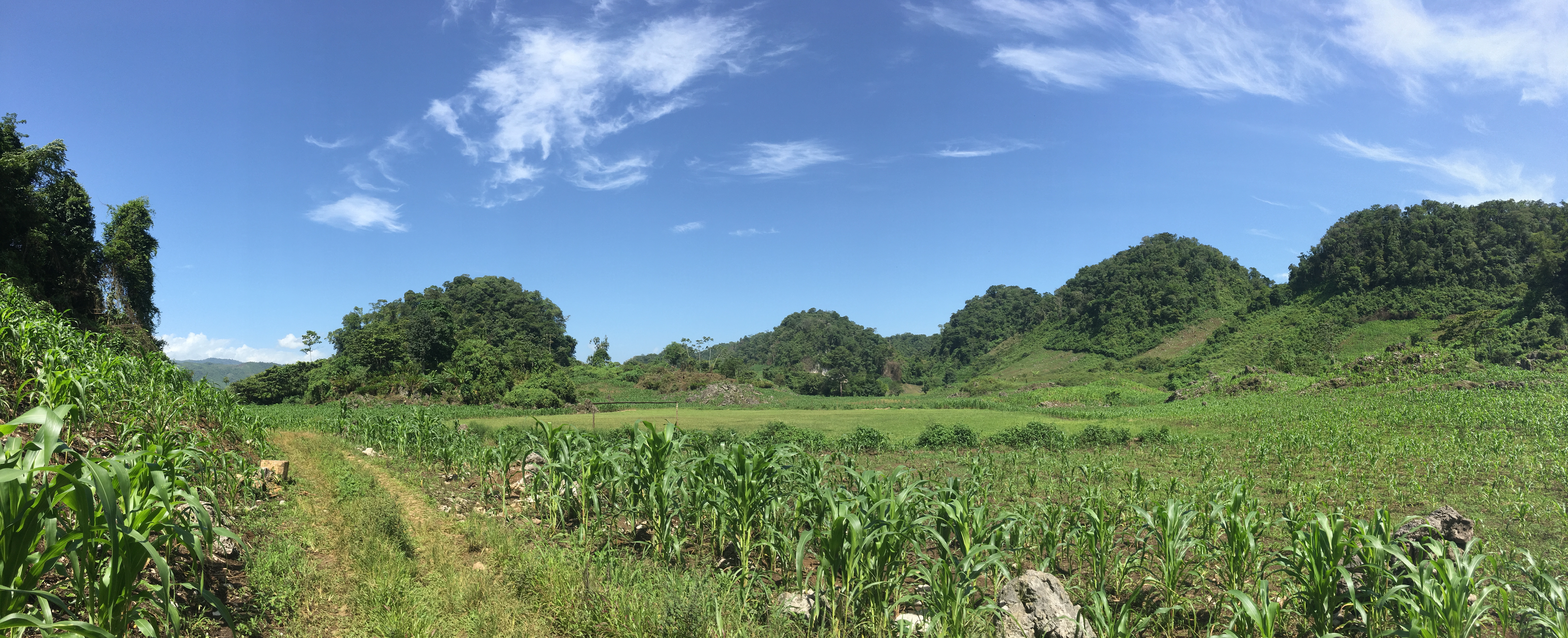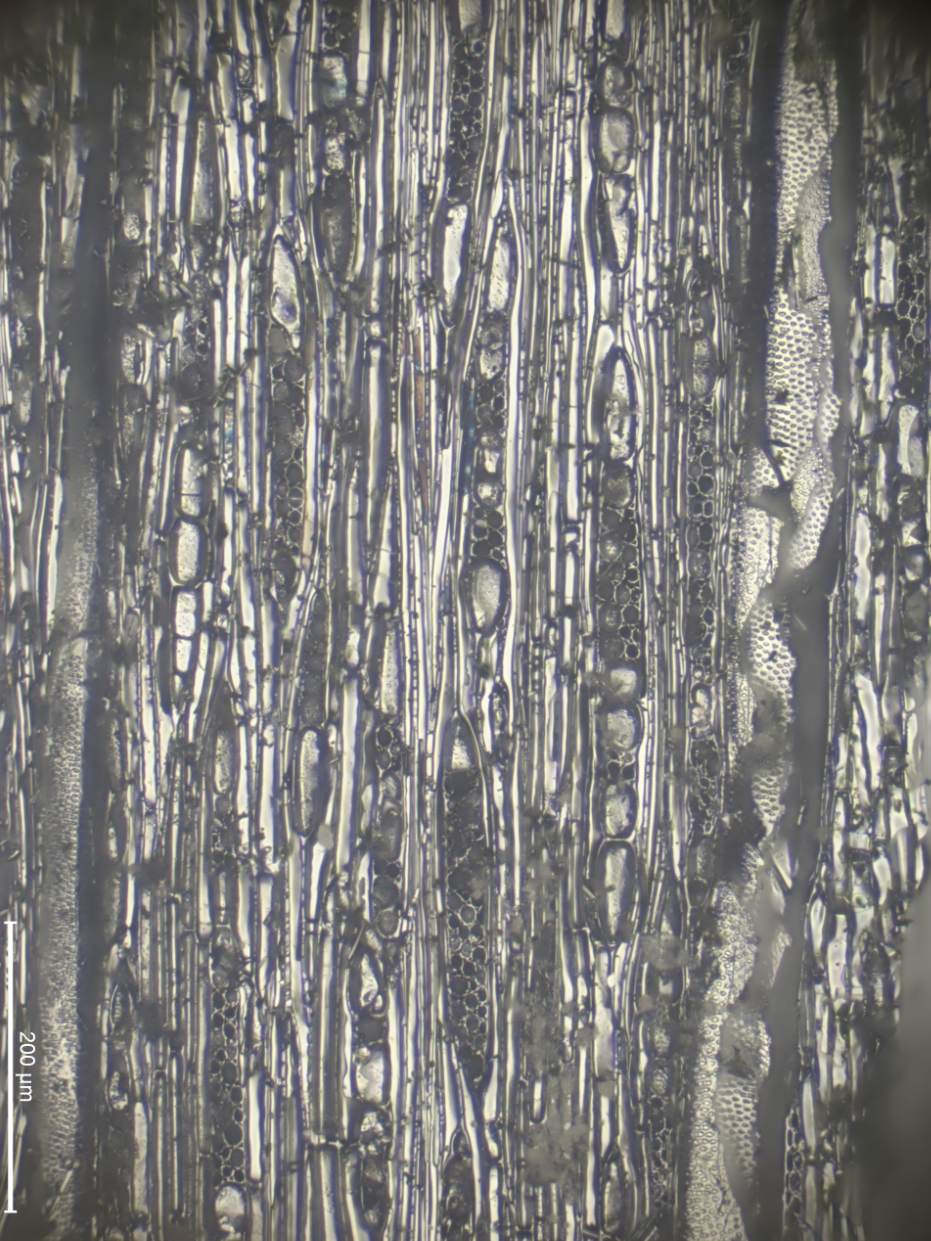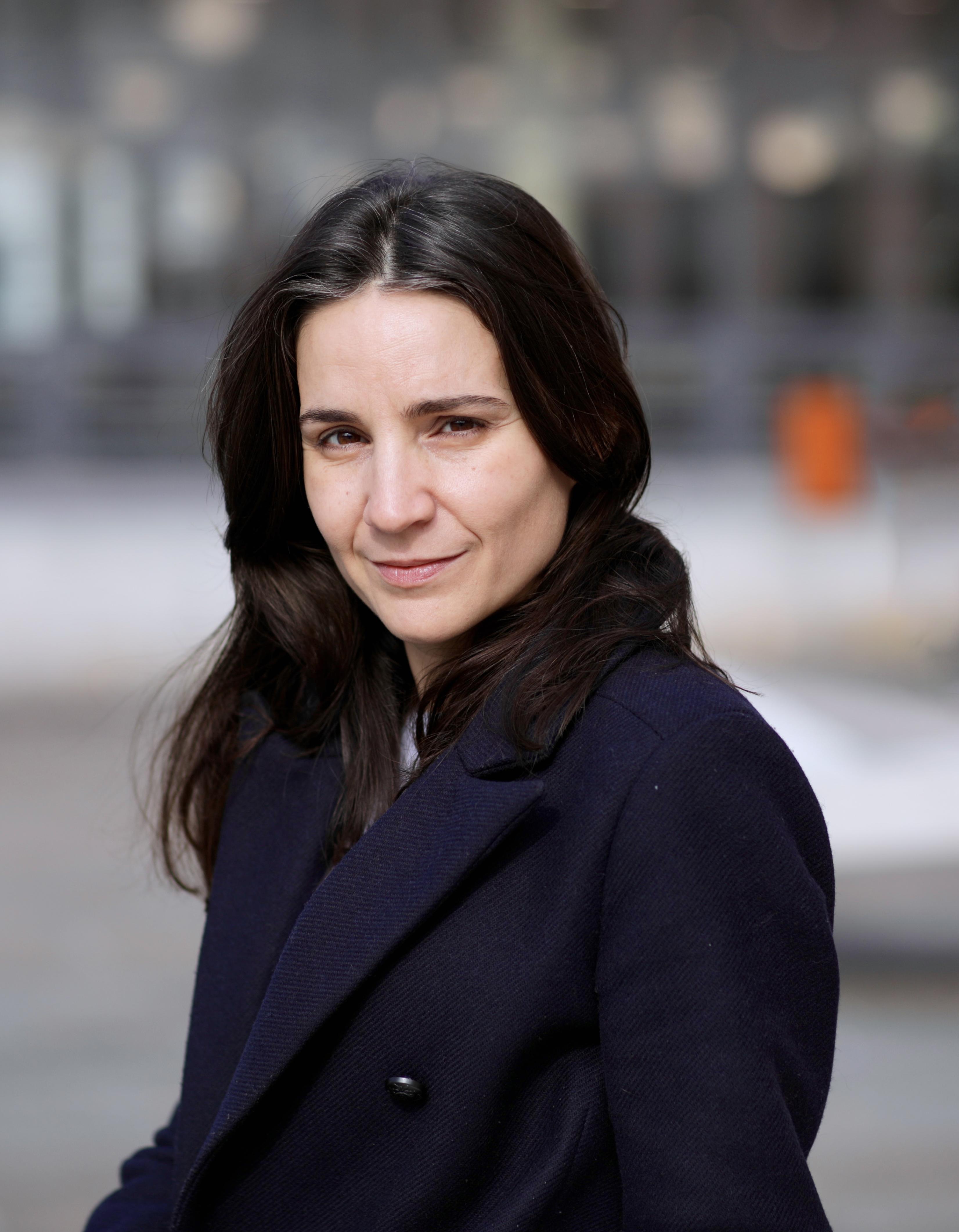Academy of Excellence "Space, Environment, Risk and Resilience"
Ecological resilience and biodiversity of tropical rainforests after the cessation of human activities
How human activities and climate have shaped Central American tropical forests over the past millennia.

Academy Highlight
The Rebirth project seeks to determine the extent of “past climatic and anthropogenic risks to Central American rainforests” and, conversely, the role of environmental changes in the Southern Maya Lowland cities.
The project
In this context, the Rebirth project aims to understand the impact of human activities on the dynamics and reforestation processes of tropical rainforests in the past. Several Maya sites in the Department of Alta Verapaz, Guatemala, have been excavated since 2016 as part of the Raxruhá-Cancuén Regional Archaeological Project. This region straddles the southern Maya lowlands and the highlands, where data are rare on the paleoenvironment during the pre-Columbian period, unlike the central and northern lowlands, which are much better documented. The Alta Verapaz sites offer archaeological contexts, both in urban centers and in caves, that cover a long period of occupation, from the foundation of the cities to their political demise and abandonment by the Maya. The anthracological study of these contexts – the study of archaeological wood charcoal – will allow us to reconstruct the evolution of the forest cover during the Classic period and beyond. Anthracology has proved its worth in other parts of the world for reconstructing paleoenvironments. However, this approach has never been used systematically in the southern Maya lowlands. The research questions this project will address are the following: What was the impact of regional droughts and human activities on local forests during the Classic period? To what extent were forests cleared and disturbed at the end of the first millennium AD? How did the forests recover after the Maya abandoned the region? In the global context of climate change and adaptation of human societies, this project will provide new data for anticipating the long-term effects of climate and human modifications on the biodiversity of neotropical rainforests.

The +
The project used a century-long approach to study the environmental resilience of tropical forests. It had a strong interdisciplinary dimension that involved both archaeology and paleoecology. Finally, it implemented a novel approach which allowed direct comparison between changes in forest cover and socio-political mutations.
What's next ?
The southern lowlands are a grey zone in the socio-ecological history of the Maya area. Further anthracological studies at other sites, in particular in the major city of Cancuén, will provide a more complete picture of the co-evolution of societies, forests and climate during the last two millennia. These data will be supplemented by a regional paleoecological and paleoclimate approach involving the coring of lakes and wetlands for pollen analysis, the study of paleo-fires, geochronology and geochemistry.
Project informations
| Scientific field: Archaeology Environmental Sciences |
Keywords: Tropical forests Maya society Anthracology Environmental risk and resilience |
| Partner laboratories:
CEPAM - Université Côte d’Azur, CNRS
ArchAM - CNRS, Université Paris 1 MSHE - CNRS, UBFC International collaboration: University San Carlos of Guatemala Center for Mexican and Central American Studies (CEMCA) |
Budget: €7,000 from Academy 3 |
| Project members: Lydie Dussol Chloé Andrieu Paola Torres Boris Vannière Carlos Avendaño Julien Sion |
Students involved: Jérémy Höhne (Master) Hugo Mendes (Master) |


















